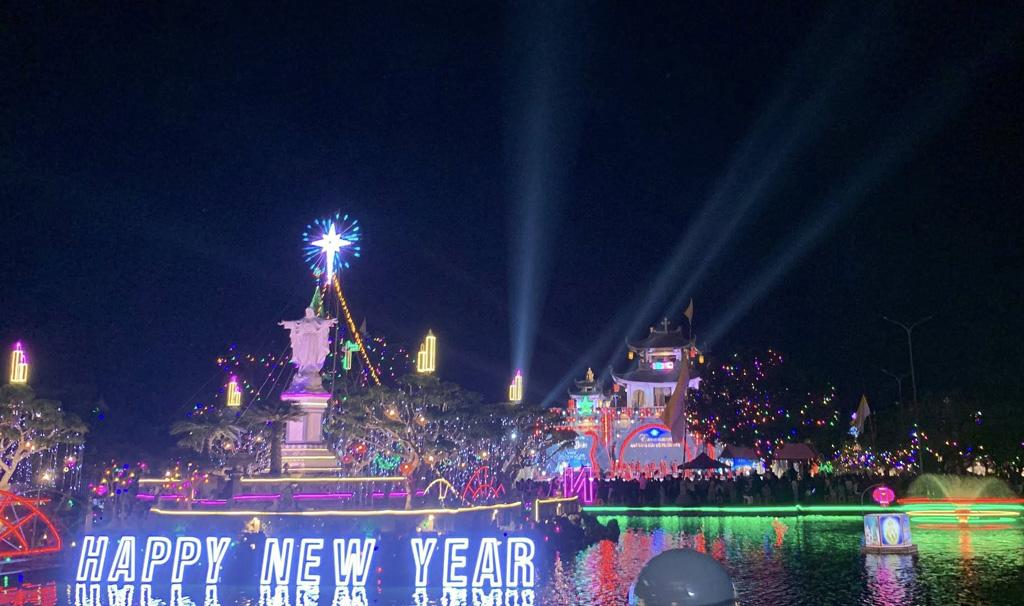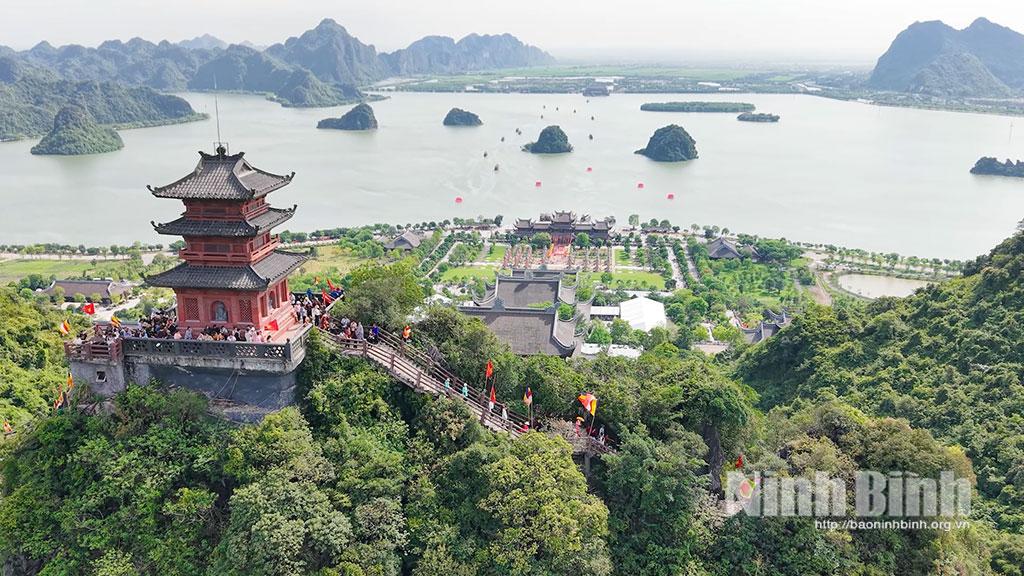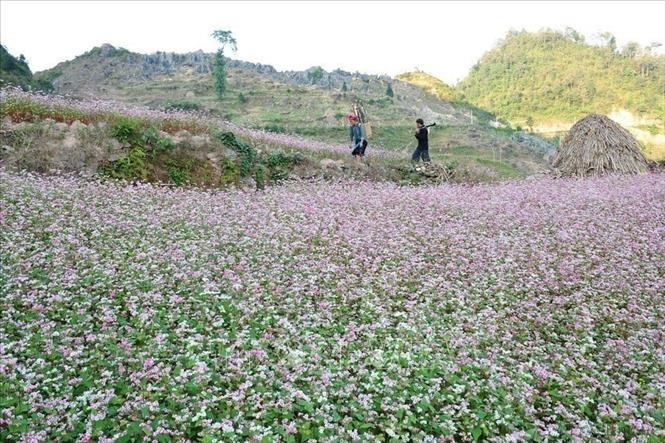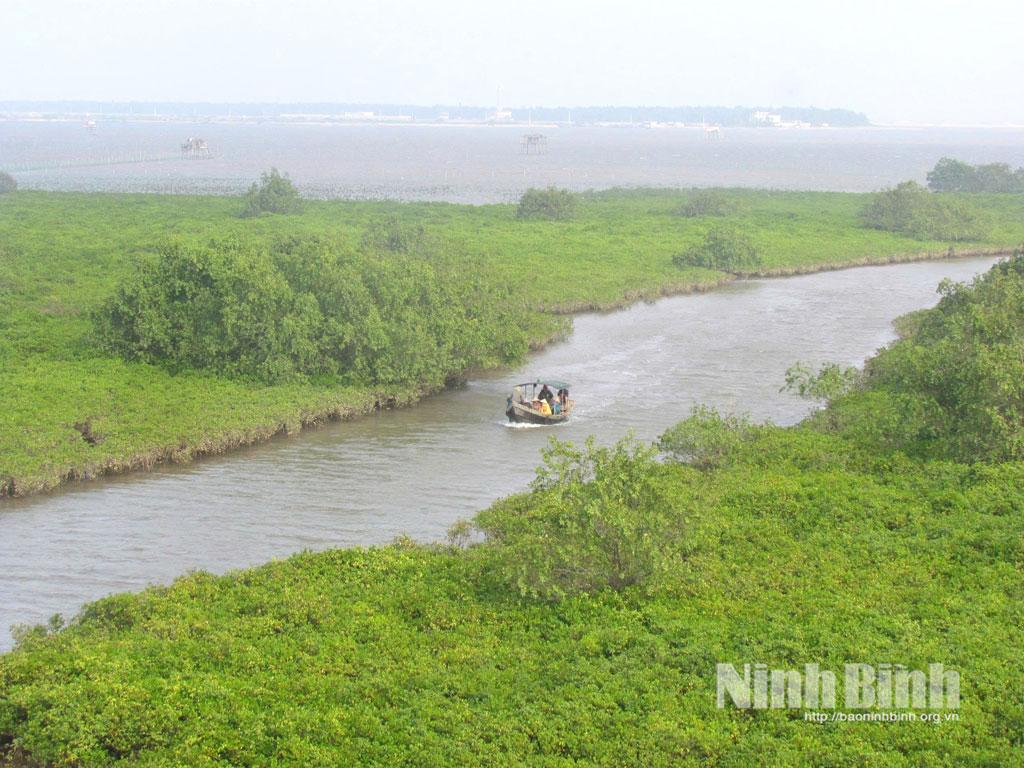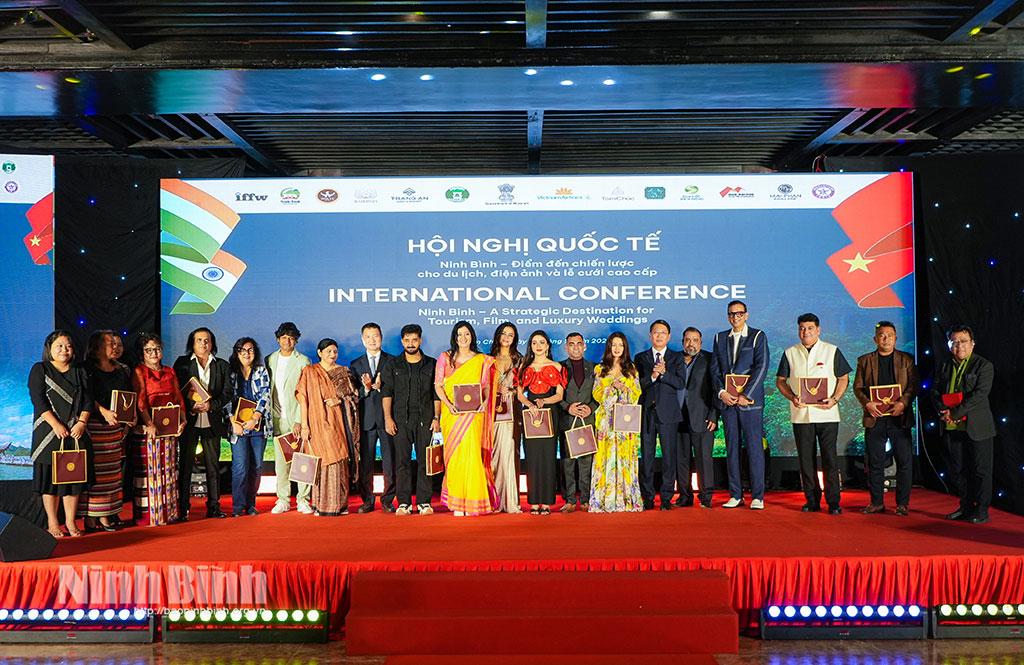Fresh momentum for Viet Nam’s tourism industry

On her first trip to Viet Nam, Sophie, a French tourist, initially planned a 10-day stay to explore Ha Noi and Ha Long Bay. However, the swift visa-free entry procedures, along with diverse travel suggestions from international friends, persuaded her to extend her holiday to three weeks. During that time, she travelled to Hoi An, Hue, Ho Chi Minh City, and Mu Cang Chai in the ripening rice season. She was not only impressed by the scenery and heritage, but also the friendliness and warmth of the people, from a taxi driver in Ha Noi, to the homestay owner in Hoi An, to children in the northern mountainous region.
“I felt welcomed as a special guest. Viet Nam offered me a complete, safe and memorable experience. I am sure I will return,” Sophie shared.
Creating conditions to attract more international visitors
To “extend” the experiences of international visitors, the Government has issued Resolution No. 229 on visa exemption for citizens from 12 countries: Belgium, Bulgaria, Croatia, the Czech Republic, Hungary, Luxembourg, the Netherlands, Poland, Romania, Slovakia, Slovenia, and Switzerland. Citizens of these countries may stay in Viet Nam for up to 45 days from the date of entry for tourism purposes, regardless of passport type. The policy applies from August 15, 2025, to August 14, 2028.
According to Nguyen Hoai Thu, Deputy Director of the Saigontourist Ha Noi Branch, the visa exemption policy for key markets has created favourable conditions for attracting more international visitors to Viet Nam, especially from European countries. The group of travellers with high spending capacity also tend to spend more time in Viet Nam exploring its culture, history, and diverse landscapes.
Tourism enterprises have the opportunity to develop longer-stay experience products while building more sustainable business plans. Tours for European visitors are often designed flexibly, stretching from the north to the central and southern regions, or vice versa, and combining diverse activities from beach holidays and mountain exploration to waterway experiences in the west southern region. The travel businesses can offer various options, from multi-destination to single-destination tours, or specialised programmes focused on leisure, sightseeing, culture, and history.
“We expect international tourism this year to grow by more than 20% compared to 2024. This is a feasible target as Viet Nam has many attractive destinations and is preparing for the peak season for international tourists from October this year to April next year. Destinations and the aviation sector are ready to connect and provide the best services for visitors,” she said.
Hoang Nhan Chinh, Head of the Viet Nam Tourism Advisory Council Secretariat, said that the visa exemption policy would draw more international visitors, it also creates both pressure and motivation for the government and localities to boost investment in infrastructure such as airports, roads, and public facilities, as well as to improve tourism service quality.
Enterprises will also expand investments in hotels, resorts and high-end entertainment complexes to meet growing demand of tourists. To better serve international visitors, especially the premium segment, businesses must improve their service quality and train a more professional workforce. This would help to further elevate the tourism sector and promote comprehensive growth of Viet Nam’s services sector.
Momentum for long-term breakthrough
In fact, the visa exemption policy is only the first step to attract visitors. More importantly, Viet Nam must ensure that travellers want to return, stay longer and spend more. To turn the visa policy into a strategic solution and a driver for long-term breakthroughs of the tourism sector, Viet Nam must address core issues related to tourism competitiveness, visitors’ experiences, and sustainable development.
According to Hoang Nhan Chinh, one of the Vietnamese tourism’s major limitations is the lack of unique products to keep visitors for longer stays. Many tourists report that after three to five days in one destination, there are few new activities left to explore. Meanwhile, promotion and marketing activities remain modest compared to the potential, with a budget of less than 4 million USD (under 100 billion VND) far too small a figure compared with many countries in the region. Without timely changes, Viet Nam will face difficulties in competing with regional giants such as Thailand and Singapore.
Tourism infrastructure remains weak and inconsistent. Many airports and seaports are outdated and frequently overloaded during peak seasons; transport connections between tourist destinations remain limited, with narrow and degraded roads causing inconvenience for international visitors. Service quality is uneven. The tourism workforce, from tour guides to hotel and restaurant staff, is lagging behind regional peers in professionalism and foreign language skills. In some destinations, overcharging, scams, unlicensed taxis, and aggressive touting still occur, reducing the goodwill of international tourists.
In addition, environmental pollution and destination management also remain unresolved. Litter on beaches and tourist sites, or overexploitation, raise concerns among travellers, especially European visitors who pay attention to sustainable tourism, leaving them disappointed. If improvements aren’t made, Viet Nam risks losing this high-value visitor segment.
“To help Viet Nam’s tourism truly break through, it is necessary to have a comprehensive strategy: developing attractive products, improving visitor experiences, strongly investing in promotion, upgrading infrastructure and services, while ensuring sustainability. If done well, Viet Nam can compete on equal terms and rise to become a leading destination in the region,” Chinh said.
Nguyen Hoai Thu emphasised that Viet Nam possesses abundant and diverse natural resources, from the world heritage site of Ha Long Bay to famous beaches such as Da Nang, Nha Trang, and Phu Quoc. Additionally, there are many unique cultural heritages, from the ancient capital of Hue, Hoi An Ancient Town, and My Son Sanctuary to traditional cuisine, folk music, and festivals, many of which are recognised by UNESCO, giving Vietnamese tourism a distinctive appeal.
The hospitality and friendliness of Vietnamese people also leave a deep impression, bringing warmth and a sense of safety to visitors. This “intangible factor” plays a vital role in encouraging tourists to stay longer and return many times. Compared with Thailand, Singapore, or Malaysia, Viet Nam enjoys a cost advantage: services and living expenses are more reasonable while the country continues to develop luxury resorts that help improve experiences, attract high-end travellers, and affirm its position on the international tourism map.
Thu also noted that the “positive signal” from the expanded visa policy comes with significant pressure, it requires coordinated efforts from businesses, destinations, and authorities. It is necessary to have a workforce proficient in foreign languages and professionally trained to provide friendly and professional services to international guests.
Therefore, management agencies must build specific support policies and plans, continue expanding the list of visa-exempt or facilitated countries, and invest synchronously in infrastructure from airports and transport links to sightseeing routes, ensuring visitors always enjoy a sense of convenience. Finally, training human resources in languages and skills is crucial to ensure every visitor is warmly welcomed from the moment they set foot in Viet Nam.
Experts affirm that the new visa policy is an important boost for the Vietnamese tourism. However, to turn this opportunity into a sustainable advantage, the tourism industry needs a comprehensive strategy, from unique products to internationally standard services.
The total number of countries unilaterally granted visa exemption by Viet Nam has now increased to 24, after the application for 12 European countries, Russia, Japan, the Republic of Korea, and the Nordic countries. |





